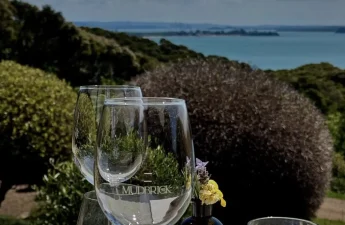Ningaloo Reef off Western Australia is one of the few places in the world where you can reliably see whale sharks (Rhincodon typus). Every year, between March and July, thousands of tourists flock to see these magnificent creatures. But what drives these big fish to congregate here? Let’s dive into the science behind Ningaloo’s whale shark aggregations.
The pristine waters of Ningaloo Reef, one of Australia’s most famous marine environments, hosts a natural wonder every year that fascinates scientists, conservationists and adventurers. Whale sharks, the biggest fish in the world, come to Ningaloo’s coastal waters in what’s called a seasonal aggregation. This event not only provides an opportunity for ecotourism but also raises questions about the whale shark population, their migration patterns and the health of marine ecosystems. Through satellite tracking and genetic analysis, scientists have been able to study the movements and feeding habits of whale sharks and gain a better understanding of the relationships between these gentle giants and their environment.
Why do whale sharks aggregate at Ningaloo?
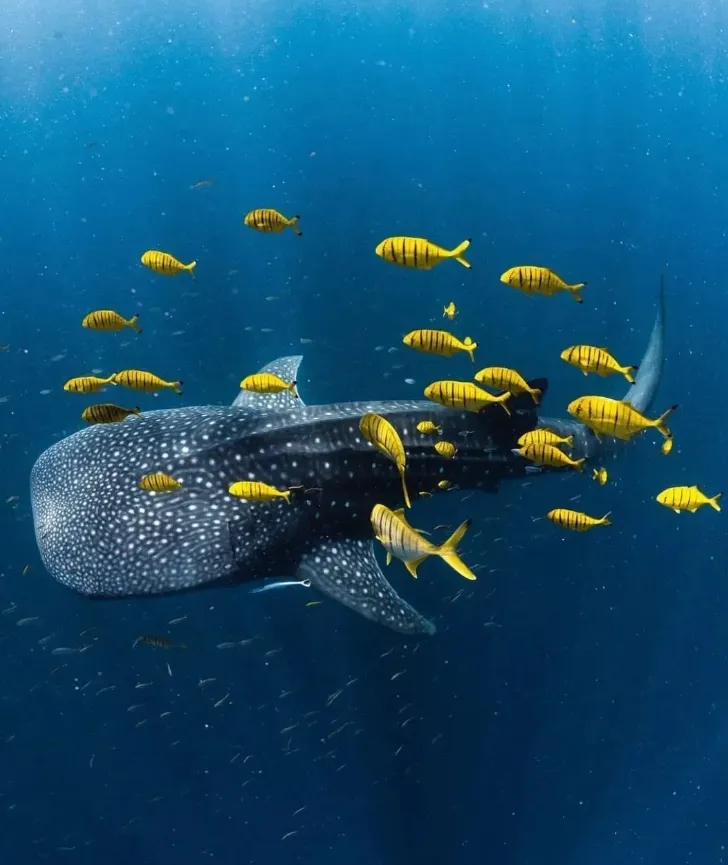
The main reason is the reef’s oceanographic and biological characteristics. Ningaloo Reef is near the continental shelf, where deep ocean currents bring nutrient-rich water to the surface. This triggers a series of events that lead to a plankton bloom, the main food source for whale sharks. These aggregations of whale sharks are important for understanding the ecology of whale sharks, and studying their feeding behaviour in these areas can give insights into the broader marine ecosystem. But it’s not just about food; it’s also about timing.
Coral Spawning
Ningaloo’s whale shark aggregations are tied to coral spawning. Every year, a few days after the full moon in March or April, the corals release eggs and sperm into the water. This mass spawning creates a nutrient-rich environment that attracts all sorts of marine life, including plankton. Whale sharks, which feed on plankton, arrive to take advantage of the temporary food bonanza. Whale shark underwater feeding behaviour during this time is important for ecotourism and is the backbone of Ningaloo’s whale shark ecotourism industry.
Ocean Currents and Upwelling
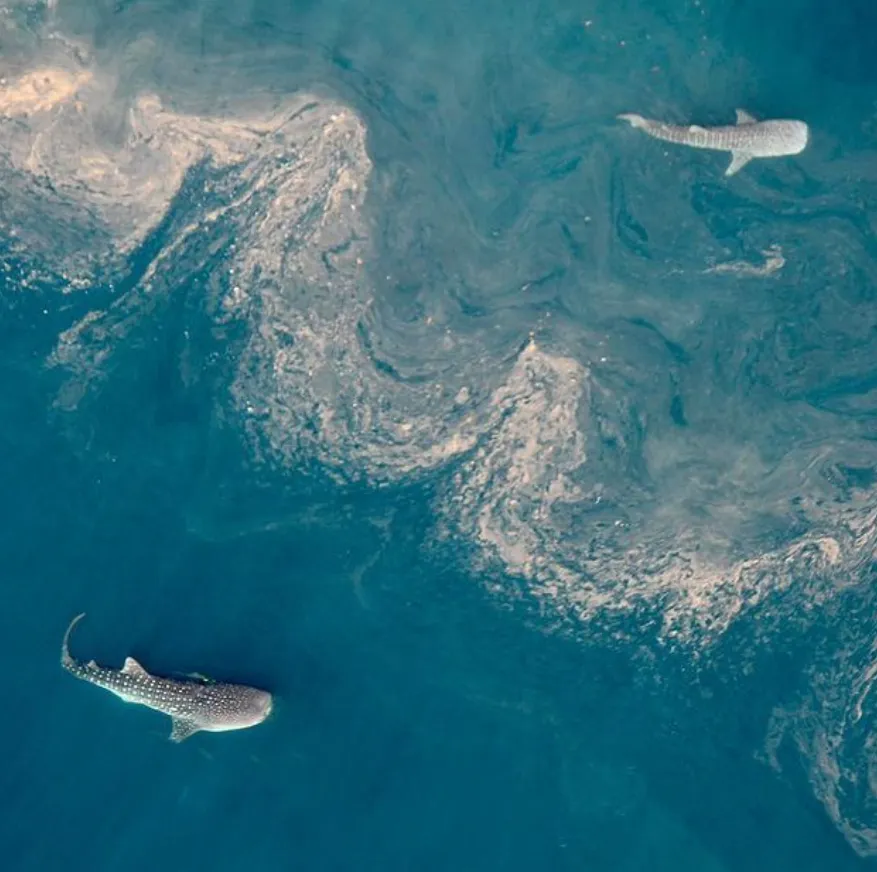
Ocean currents are important in bringing whale sharks to Ningaloo. The Leeuwin Current, which flows south along the Western Australian coast, brings warm plankton-rich water to Ningaloo. The interaction between the currents and the seafloor topography creates upwelling zones which enriches the area with nutrients. The abundance of food supports whale shark movements as these pelagic species follow the plankton patches. Satellite tracking of the whale shark population helps scientists understand the movement patterns across scales.
Environmental Conditions
The warm tropical waters of Ningaloo and the seasonal plankton mean whale sharks have everything they need to survive. The food supply allows them to fuel their long journeys and the calm waters are perfect for feeding. The vertical movements of juvenile whale sharks in the coastal waters of Ningaloo are an area of ongoing research with the Australian Institute of Marine Science providing valuable data on whale shark residency in north west Australia.
Migration Patterns
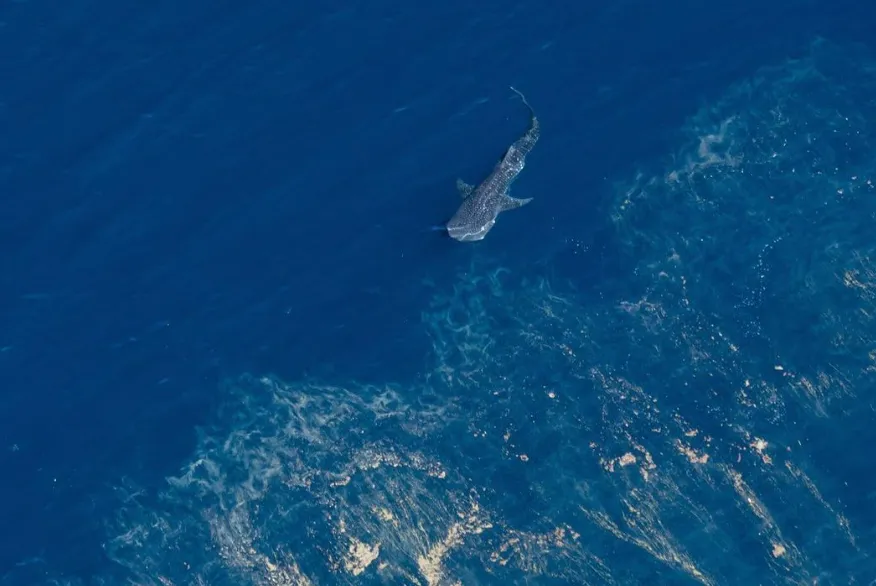
Whale sharks are migrants, they travel long distances in search of food and breeding grounds. The aggregation at Ningaloo Reef coincides with their natural migration patterns which are influenced by ocean temperatures, food availability and even celestial cycles. Scientists study the patterns of whale sharks and their residency in areas like Ningaloo and Christmas Island where individual whale sharks are part of a global super population. These studies are published in journals like Marine Ecology-Progress Series and Journal of Fish Biology, providing information on whale shark abundance and population status.
Why Ningaloo is Important for Conservation
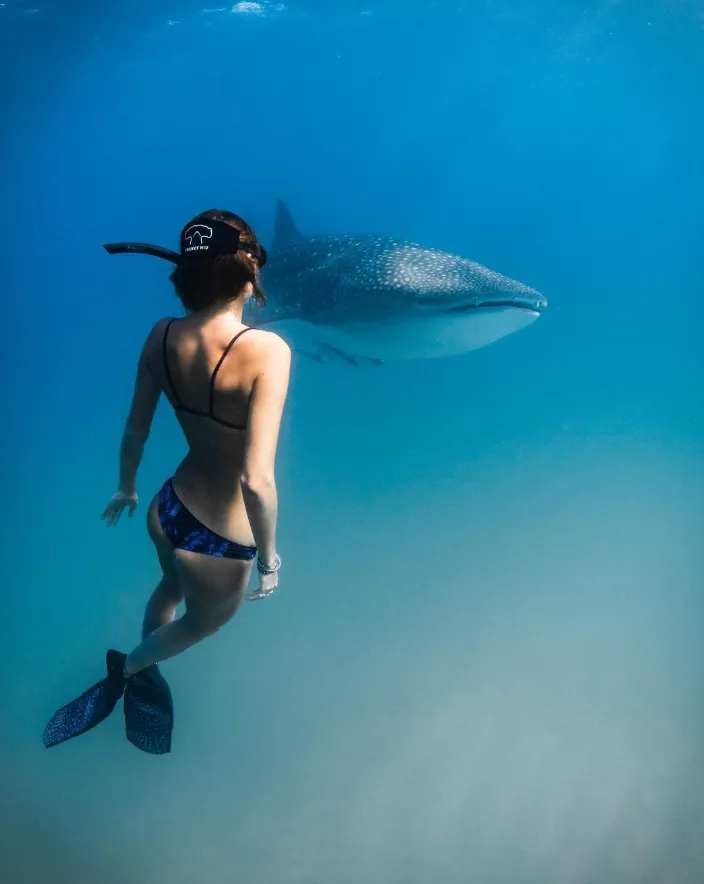
Ningaloo’s whale shark aggregations provide an amazing opportunity for diving tourism but also an important area for research and conservation. Studying the activity of whale sharks and their feeding behaviour helps scientists understand the genetic structure and sex ratio of populations. With spotter planes and data from Marine and Freshwater Research and Fisheries Research, scientists can track whale sharks and their behaviour over temporal scales. Protecting Ningaloo’s whale shark sites is crucial to ensure these incredible creatures keep visiting the reef, supporting conservation and the whale shark ecotourism industry. Discover the fascinating science behind Ningaloo’s whale shark aggregations. Join us on a Ningaloo reef tour to learn more about these gentle giants!
FAQ
When can I see whale sharks at Ningaloo?
March to July is when the coral spawning occurs, and the plankton-rich waters bring the whale sharks.
Why do whale sharks come to Ningaloo Reef?
Whale sharks come to Ningaloo Reef to feed on the plankton that blooms after coral spawning, fuelled by nutrient-rich waters brought by ocean currents and upwelling.
How do scientists track whale shark migrations?
Scientists use satellite tracking, photo identification, and data from spotter planes to monitor whale shark abundance and migration patterns on spatial and temporal scales.
Can I swim with whale sharks at Ningaloo?
Yes, licensed tour operators at Ningaloo Reef offer eco friendly whale shark swim experiences where you can see individual whale sharks safely and support the ecotourism industry.
Are whale sharks dangerous to humans?
No, whale sharks are filter feeders and pose no threat to humans. They are gentle creatures, and swimming with them is safe when guidelines are followed. The whale shark research community continues to study their behaviour to ensure the protection of the species and its interaction with tourism.
What role do whale sharks play towards the development of the ecotourism industry of Ningaloo?
Undoubtedly, one of the key attractions of the whale shark ecotourism at the Ningaloo Reef is the presence of whale sharks. Their seasonal gatherings pull in thousands of visitors, patronizing local commerce, tour companies and conservation projects. Reasonable and sustainable whale shark encounters not only provide a rare opportunity to come into contact with this wildlife but enhance people’s appreciation for the care of oceans, thus assisting in the preservation of the endangered species and enhancing the economy of the region.


